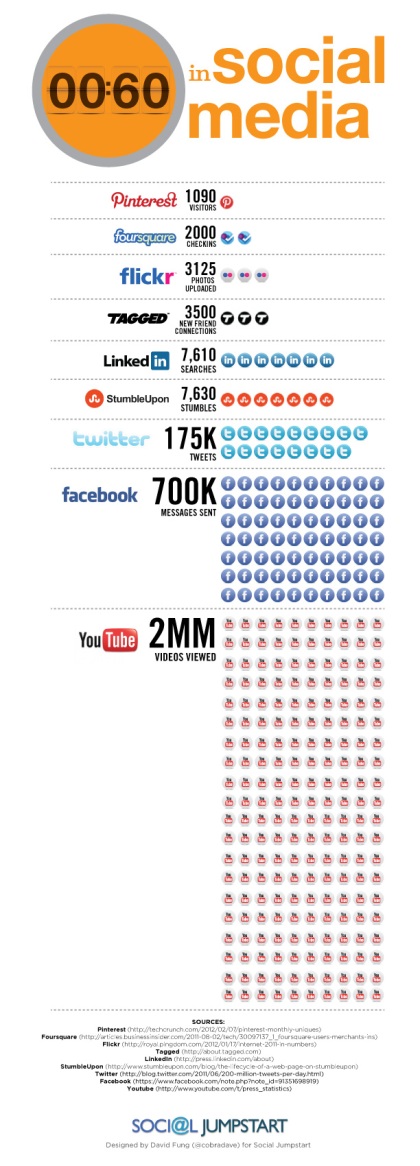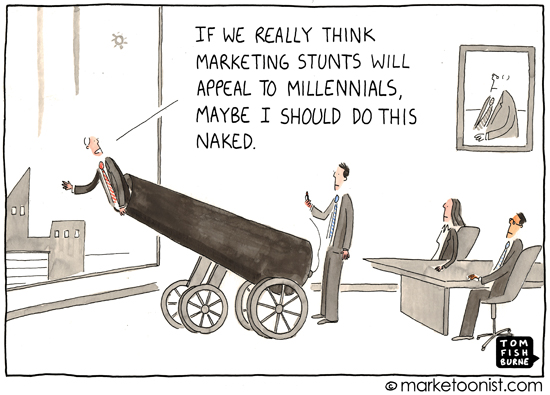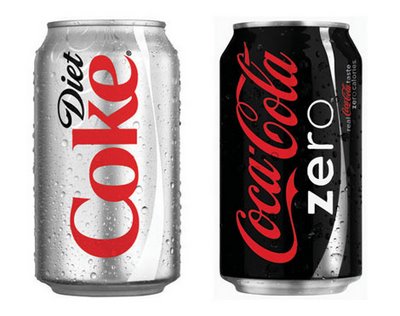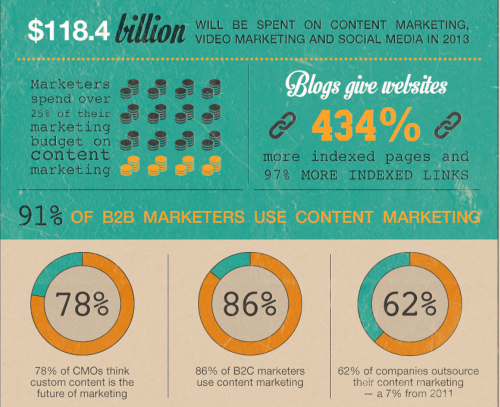What is viral marketing?
Viral marketing is…
„a marketing activity in which information about a product is spread between people, especially on the internet“ – Cambridge Dictionary
Viral marketing is buzz or sometimes also called marketing buzz. It is based on the principle of word-of-mouth, which means passing on information about a product, service, brand or company via oral communication. Basically, viral marketing is a digital word-of-mouth. People share their experience or advertising material via internet. Nowadays, who is not sharing videos and other information via Facebook, Twitter, E-Mails, Blogs, etc.?
Like the name suggests, viral marketing is used to spread messages over the internet like a virus. The goal is not to reach a specific target group but rather to try reaching as much people as possible. This can be done for example via YouTube. Those videos or other messages will then be shared and spread out via social networks. By sharing, people basically give their recommendation to others about the product or service that is displayed by the company.
Looking at the U.S., around 75 million people watch online videos on a daily basis. YouTube owns the majority share of this amount and has more than a billion visitors every month watching a total of four billion hours of video. But just creating a video about your company or product is not enough. You need some extraordinary, fun and special content to stand out and differentiate yourself from competitors.
You might be surprised of what people are willing to share and think is funny. Some videos that got spread over the internet like a virus can be seen below.
Another video that was spread like a virus on the internet is the following one about Microsoft X Box. The reactions about these video were controversial. Some thought it is morbid and disturbing while others said it is rather interesting and innovative. Anyhow, the goal of creating attention has been accomplished. See for yourself.
One of the most successful movies that has been produced is the Blair Witch Project. The goal has been to make people believe that a certain event really has happened by posting information and details on their website before the movie was even shown.
Check out with what kind of idea Burger King came up in 2004. You want to try it yourself? It is still existent: here!
Now imagine, you see an awesome video at Youtube from a company about its product (although the product and message are more in the background and you might not even be aware of it but the funny content makes you laugh) and of course you would like to tell your friends about it. Nowadays, the easiest and fastest way to share is via social media like facebook or twitter. Check out the chart below… the facts and numbers speak for themselves.
Considering this, how effective do you think viral marketing is? Have you ever shared something and therefore helped companies to market their products?
Referring to Wirtschaftslexikon, EdelundFein, INC, Webbythoughts, Smosh








 Source
Source



